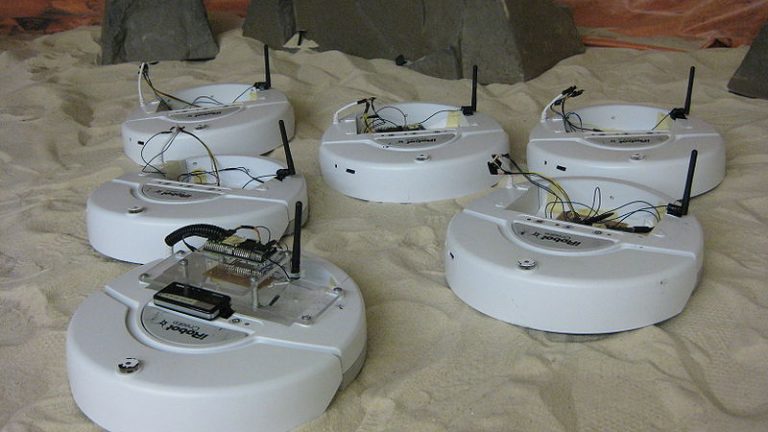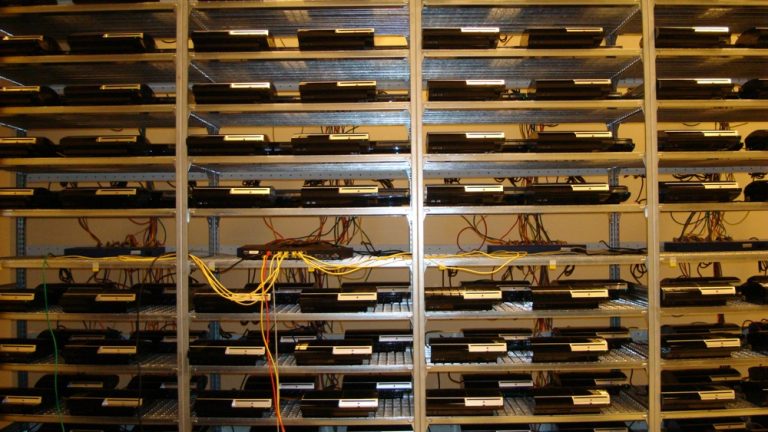Description
p.p1 {margin: 0.0px 0.0px 12.0px 0.0px; font: 12.0px Helvetica} span.s1 {letter-spacing: 0.0px} span.s2 {text-decoration: underline ; letter-spacing: 0.0px color: #1f00a7}
The field of multi-agent systems is concerned with societies of autonomous agents that interact to efficiently achieve their goals. In this work, we evolve in silico teams of agents that are capable of displaying division of labor. We hope to broaden the understanding of the evolutionary dynamics of fixed and adaptive mechanisms of specialization (division of labor). The purpose of our research is twofold. From engineering perspective, we wish to improve techniques of team optimization and intend to explorareae the of bio-inspired task allocation algorithms. From biological perspective, we hope to shed some light on evolutionary history and mechanical explanations of division of labor in social insects.
Research in the field of multi-agent systems spans both natural and engineering sciences (Fig. 1). Engineers uncover the complexities arising from the interactions between multiple agents, seeking for distributed control algorithms that would result in the desired joint behavior of the entire system. Biologists study insect societies, seeking for evolutionary roots and mechanistic explanations for behavioral traits observed in colonies of ants, bees and termites.
This project is performed in the Laboratory of Intelligent Systems (EPFL) in collaboration with Laurent Keller (UNIL). For further information on the project please see the Research Proposal.
p.p1 {margin: 0.0px 0.0px 12.0px 0.0px; font: 12.0px Times}
Figure 1. Examples of multi-agent systems

(a)
Ants+nest+in+the+forest+of+eastern+North+America+%28c%29+Alex+Wild%2C+www.myrmecos.net
(b)
Termite+soldiers+rushing+forward+to+guard+a+breach+in+their+next+%28c%29+Alex+Wild%2C+www.myrmecos.net
(c)
Micro-robots+gathering+pucks+%28c%29+migration-wp.epfl.ch%2Flabs%2Flis
(d)
Team+of+robots+exploring+the+area+%28c%29+Jiuguang+Wang%2C+Wikimedia+Commons
(e)
Cellular+automata+implementing+Conway%27s+game+of+life+%28c%29+Justin+Windle%2C+blog.soulwire.co.uk
(f)
Computational+cluster+balancing+the+load+%28c%29+lacal.epfl.chPublications
Please note that the publication lists from Infoscience integrated into the EPFL website, lab or people pages are frozen following the launch of the new version of platform. The owners of these pages are invited to recreate their publication list from Infoscience. For any assistance, please consult the Infoscience help or contact support.